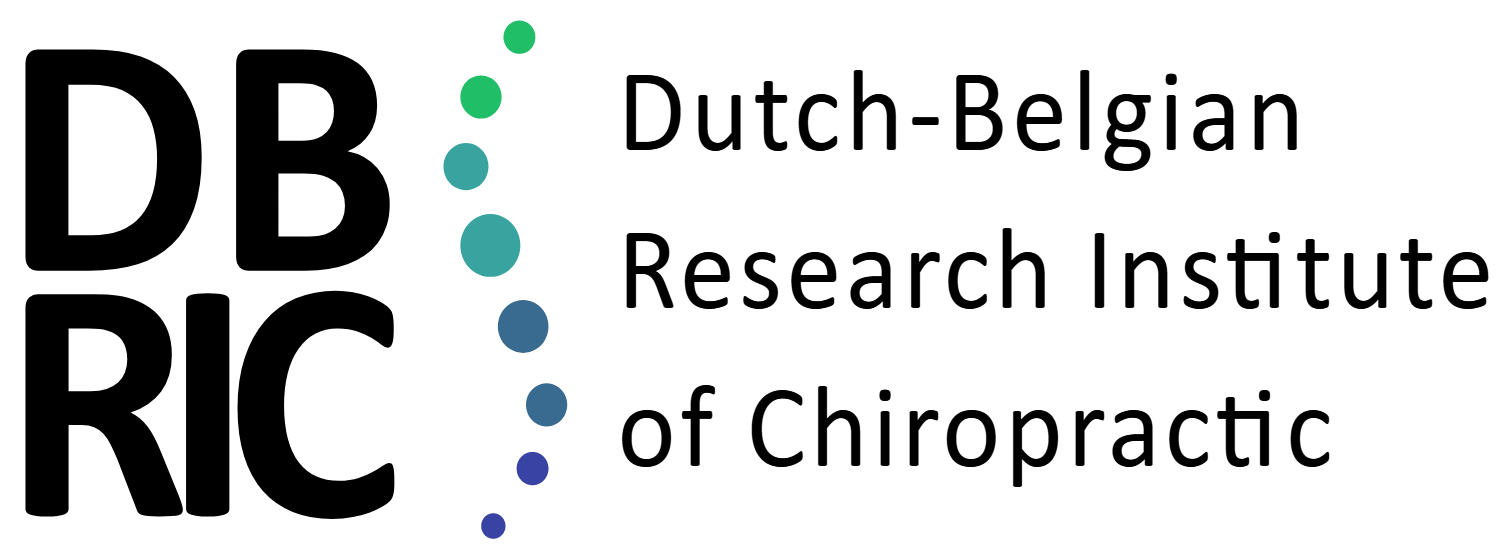Because of a statistics course, it has been silent from my end for a while. Thankfully, I have successfully completed this course and can now find the time again to write a blog to update you all.
My PhD consists of a few requirements. The most well known, and also the most fun one, being of course the conducting of research. But besides this, there is also a requirement of personal development. This means that I need to collect 30 CE (continuing education) credits, each CE credit consisting of 28 hours of training. I have attended a few courses specific to the research methods that I’m using (qualitative research and discrete choice experiments), but also two courses on general statistics. Besides this, there are also some mandatory courses on research integrity and topic-specific conferences such as the WFC or ECU conferences, that all contribute to these 30 credits.
After these last statistics courses, I do have a better understanding of the analyses we have conducted and that we still will conduct. I have noticed that the statistics courses I have followed during the chiropractic degree did not really live up to the standard that was needed for real-life studies. Luckily I have very skilled researchers around me that have helped me so far. However, the idea of a PhD is that you will be able to conduct sound research independently. I’m slowly getting there.
Last time, I have mentioned that we are finishing up our first article of the project and because it has been months since I last wrote a blog, we have got it finalized. The first thing you need to do when you want to publish a paper is find a suitable journal. There are tons of journals on different sorts of topics, but even for spinal complaints, manual therapy or chiropractic alone, there are many options to choose from. You want to choose a journal that is known to be trustworthy, to only publish decent research, as you don’t want your research to be associated with invalid articles. Preferably you would like to publish in a journal that is well-known, so that as many people as possible will come across your article and your new-found knowledge. But, as always, costs do also play a role in choosing a journal. Journals want to get paid to publish your research, definitely if you want your research to be open to everybody. This is because if you need a membership for the journal to be able to read it, you will pay for the publishing costs as a reader. Of course this results in less people reading the articles. Luckily, universities make deals with journals to receive discounted prices for their employees. Therefore, we have looked for a trustworthy journal that had an agreement with the Vrije Universiteit Amsterdam.
We had submitted our article to a journal, but sadly it rejected our manuscript as they thought it did not match with their journal. The article we were publishing is a protocol, as described in the last blog. The protocol does not have any results, and the journal preferably wanted to publish articles with results in. Completely understandable, but for us refuting the point of publishing the protocol before conducting the research. Therefore, we continued searching for a new journal and we came across one that mainly publishes methodological papers and protocols. Fortunately they were interested.
When submitting the article to a journal, there is a specific format they want to receive it in. One journal can differ greatly from the next. The wordcounts can be different and some journals want a specific font or line spacing. The journal we have published our latest article in, wanted a visual abstract on top of the written abstract. It is like a poster that gives you a clear overview of the paper in a single glance. So when you think you have finished your paper and you want to submit it, it still takes a hours to days of work to make your article fitting to the format that the journal wants. Once the paper has been submitted, it takes a couple of weeks before you hear back from the journal. When the journal is interested to publish your paper, one or two reviewers have looked at it and have some suggestions for adaptations or clarifications and also some questions. Usually, this is quite an extensive and thorough list. Either you change your paper or you give a clear reason why you don’t want to change anything and you send the paper back with your replies to the journal. After a few weeks you get a reply again and, usually, you get a less extensive list of new suggestions. This can repeat itself again I guess, but up to now I have always received feedback twice before the reviewers were happy enough with the adaptations to publish the paper. And then it got published!
For everybody interested in the published protocol, you can find it here: www.sciencedirect.com/science/article/pii/S2215016124003601
And of course: if anyone wants to be in contact to have more information about conducting research, don’t hesitate to reach out!
Warm regards,
Lobke De la Ruelle
l.p.delaruelle@vu.nl
X: @LobkeRuelle
